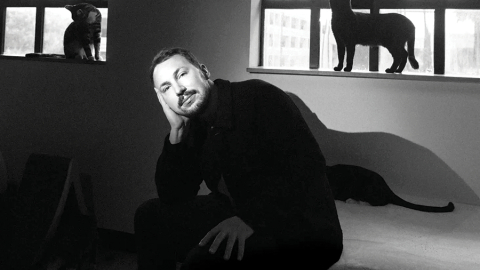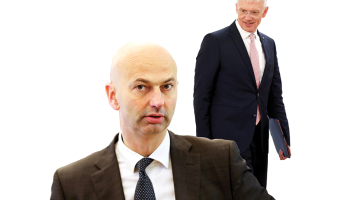
Demogrāfija. Foto: Kaspars Krafts, F64
If one wants a flattering picture of growth in Latvia then a) go far back in time for comparison so as to lessen the impact of the 2008 - 2010 recession and b) use GDP per capita growth instead of GDP growth since the number of "capita" has been falling. Then one can have a picture like figure 1 below with Latvia being the second-fastest growing EU economy since 2000.
But it is not sheer manipulation - Latvia has, like Lithuania and Estonia, made a lot of structural and institutional development that makes this development well-deserved. But what about the next 10 - 15 - 20 years? Here a little decomposition of the growth experience might be helpful.
Figure 1: Growth of GDP per capita, 2000 - 2012, EU28
Source: Eurostat and own calculations
Note: 2000 - 2012 and not 2013 since not all EU countries have 2013 data ready yet.















